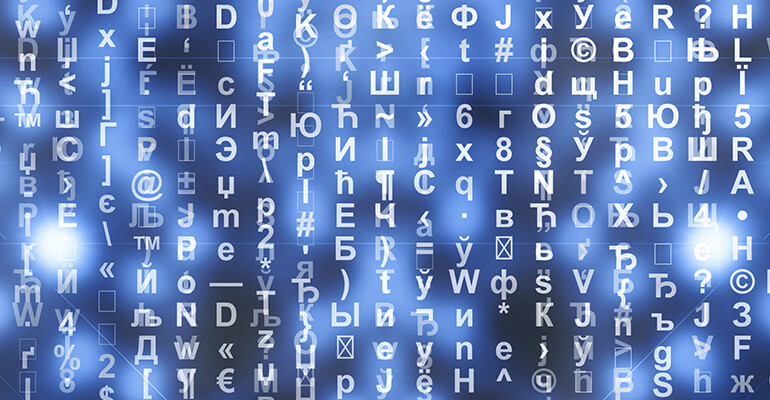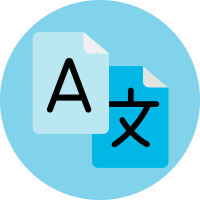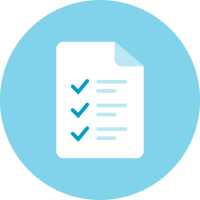
A modern tale about translating surveys
“Lost in translation.” The first phrase that comes to mind when we take a look at the standard survey translation process. And we’re not talking here about a regular 20 questions survey that you need to translate to 3 languages. This one is easy.
Now, try to imagine 12000 rows with pipe logic in it that you need to orchestrate and translate into 12 different languages, then check for errors, and finally upload to your survey software.
Here comes the .xls tsunami. To find the right agency with the qualified staff, then to provide a particular language translation to them, alongside instructions. Then the next one, and the next one. You end up with several files, a couple of agencies, many calls, and your good friend the anxiety that increases its presence with the survey launch date’s approach.
Miscommunication is a must, no matter the process organization. You multiply the files – some are proof-read, some are translated. You have dozens of forth and backs and a lot of e-mails, but that’s life, as you need to work with at least 3-4 agencies. If you’re lucky enough or in the business for years, you have reliable partners that can take this lift off your shoulders by providing you with a team that can cover all languages. But you know that at the end of the day, you have won that battle. And it was not a cheap one, as you often pay again for already translated texts.
A modern tale for an aging process. But how can you optimize this cumbersome procedure when you have only your team, your clients, your translation agency partners, and all those languages? We have invested several months in the analysis and the development of precisely such a solution.
But, this is another tale you can read. It is a story about a centralized and modernized system powered by a client database, with cloud translations and a flexible control panel. You can read it here.







